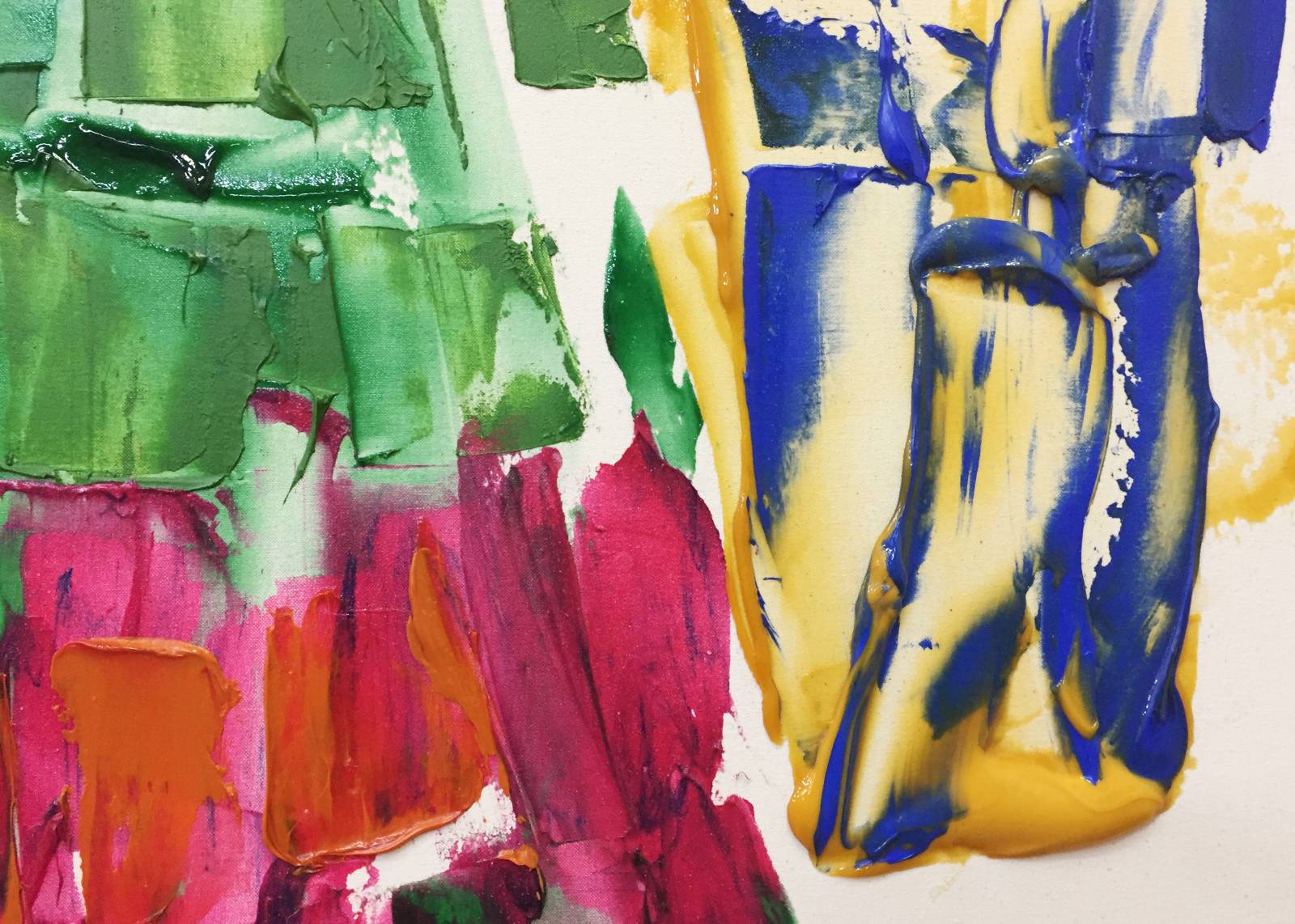Kenjiro Okazaki
10 November - 11 December, 2016
Venue : Takuro Someya Contemporary Art
For his solo exhibition “POST / UMUM = OCT / OPUS” (Kazenosawa Museum, Miyazaki, 2016) held until October this year, Kenjiro Okazaki had contributed a text entitled, “Deus Ex Machina, or the Dream Sequence of 2040.” Within it, he mentions the singularity that is brought forth to the world through artificial intelligence, and articulates his vision of the future in anticipation of the imminent 2045 issue, this touching upon aspects such as machines that embody conscious perception, the whereabouts of human consciousness, and the conditions of the artwork. He further proceeds to state that people will potentially come to discard of consciousness as an inherent characteristic property of human beings through being inspired by the consciousness of machines, enabling them to recognize that they indeed possess a means of judgment that is rooted within the powers of nature, that is to say, matter without a central core that spreads ubiquitously beyond the context of individual bodies and intelligence, embodying a far enriched and inexhaustible extent of possibility. In the same way, the information that is intricately interwoven and consolidated to the principal axis of what is referred as an artwork may be unraveled, expanded, and transcribed into space, to become something that is imperceptible and immaterial. Nevertheless, Okazaki mentions that this is a positive course in the sense that “the true value of the artwork as a medium, will come to manifest more clearly than ever before.”
Such message was not addressed specifically in response to the 2040 issue and the expected arrival of new intelligence, rather, had seemingly come to develop into the context of artistic practice and written work as part of Okazaki’s own ideas that he had previously continued to explore. Even the way in which he composes the surfaces of his painted works depicts a means of infinitely expanding planar space –painting subtle and translucent tinges of paint that spread ubiquitously across the plane, respectively contending without diffusing into one another, while simultaneously appearing to be in mutual reciprocation. In Okazaki’s exhibition “Katachi no Hatsugo-ten” (BankART1929, Yokohama, 2014), visitors were able to cohesively touch upon a sense of freedom unconstrained by aspects such as time, space, and even the composition of the work through experiencing an extensive oeuvre spanning from past to present, including large new sculptures made from plaster, bronze, and laminated construction wood, a large scale two-dimensional textile work comprising of cotton fabric and silk first presented in 1986, a series of terracotta sculptures produced between 1999 and 2006, as well as his works made using tiles. To trace back further, in 2007 Okazaki presented a collaborative dance performance with the choreographer Trisha Brown entitled, “I love my robots” which conveyed a space where dancers and self-operating devices (robots) coexist with one another (at the KYOTO EXPERIMENT: Kyoto International Performing Arts Festival 2016 SPRING which took place in March this year, Okazaki had held a lecture as well as contributed a text on the occasion of Trisha Brown Dance Company’s production “Trisha Brown: In Plain Site” performed at the National Museum of Modern Art, Kyoto). Furthermore, in the field of architecture, Okazaki has designed the landscape for the “Ashizuka Earthwork Project,” and has also participated in the Venice Biennale as the director of the Japanese pavilion of the 8th International Architecture exhibition (2002). As an active critic and writer, he is also the author of several books including Renaissance: Condition of Experience (Chikuma, 2001/Bungeishunju Ltd. <Gakugei Library>, 2014. Commentary by Tamaki Saito) in which he articulates his independent critiques and discourses. In his talks and lectures presented this year, Okazaki served to dissect previous trends of modern and contemporary art to expand the intricate network of historical links that are not recovered within the framework of specified areas such as Japan, Asia, and Western countries, communicating his research that further defines our imagination towards artists of the past in a more clear and enhanced manner. In addition, his educational activities include directing the “Yotsuya Art Stadium” and the “Post-Studium” which serve as continuous platforms for him to engage in open exchanges with young artists and researchers.
Amidst the context of such activities and practices, Kenjiro Okazaki as an artist does not simply present works and subjects through means of analytically unraveling their format, but instead makes the subject’s coordinates explicit within one’s consciousness in hopes to convey them in a literary and poetic nature, thereby creating a freely diverse assortment of imagery. While instilling his various works such as paintings and sculptures with “beauty”, such manner of consciousness embodies a certain significance that in the same way bestows the very processes, discourses, and collection of ideas accumulated over the years with qualities that enable them to manifest as the fundamental source of society. It could be seen as that which is considered as a symbolic existence that subsumes human wisdom, and indeed transcends the category of art. In fact, Okazaki is an artist like no other in the field of postwar Japanese art, who while rooted in formative practice had been anticipated to demonstrate intelligence and sensibility within the context of art’s cultural repercussions, also presenting much influence through his ideologies. What lay ahead for Okazaki’s future was to become a presence that through independent talent, possessed the ability to accomplish the classic mainstream that postwar avant-garde art movements had commonly strived towards achieving. Even today, Okazaki’s presence is recognized as being pivotal in establishing the art of the future as an epoch-making phenomenon as opposed to a mere a series of simultaneously occurring trends. In the least, one could say that Japanese art until the arrival of the year 2040, can be discerned in unraveling Okazaki’s intricately and indefinitely woven web of activity, further expanding it out towards the world.


